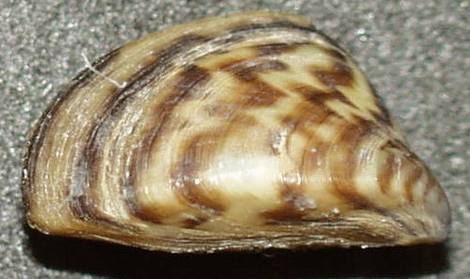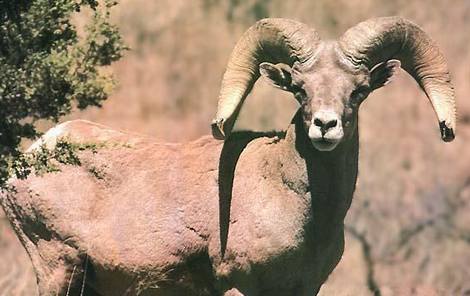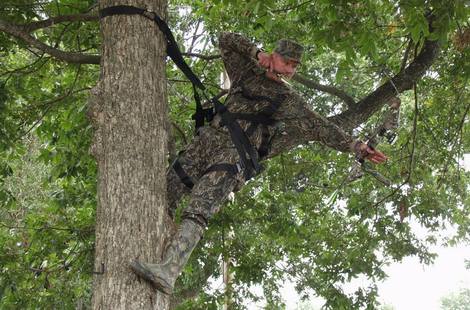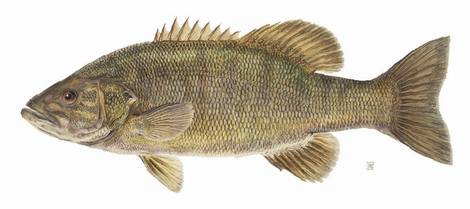
Get ready for a special watercraft inspection! As part of an ongoing effort to contain the spread of zebra and quagga mussels, the Colorado Division of Wildlife (DOW) is conducting special watercraft inspections at Lake Granby and Grand Lake on Saturday, the 27th of September. These inspections are designed to provide local homeowners and marina operators a convenient way to have their vessels checked for mussels or other invasive species.
The scheduled inspections will take place from 9 a.m. to 12 p.m. at the East boat ramp at Grand Lake, and from 1 p.m. to 4 p.m. at the Sunset Point boat ramp on Lake Granby. A hot-water wash station will be available to decontaminate any boats identified as “at risk” for spreading mussels or other invasive species.
“Our primary objective is to inspect and if necessary, decontaminate the boats that are being kept in rental slips and those vessels that are being launched from private ramps,” said Elizabeth Brown, DOW invasive species coordinator. “As fall approaches, many of these owners are getting ready to remove their boats from the lake and we’d like to have the opportunity to inspect these vessels as they are removed and before they are possibly launched into another reservoir.” Continue reading Watercraft Inspections for Lake Granby and Grand Lake




